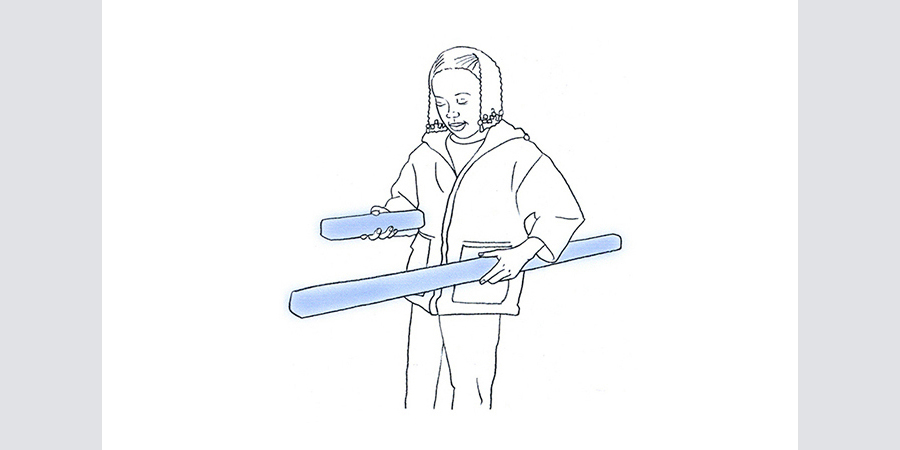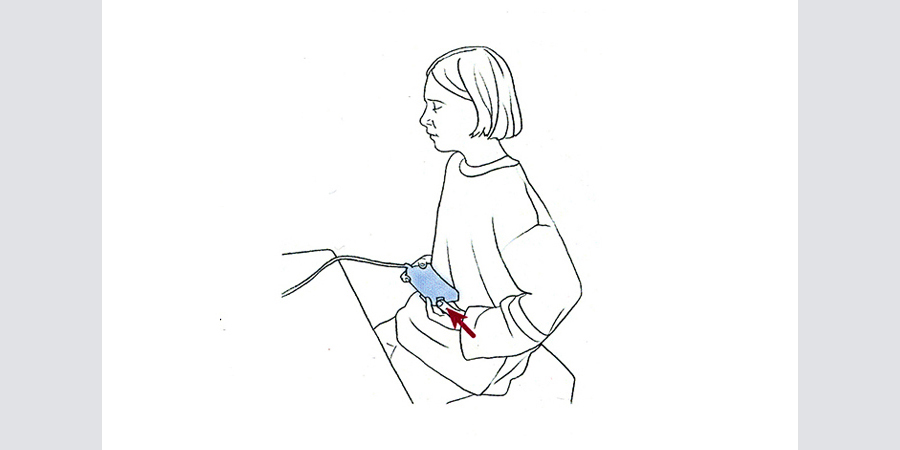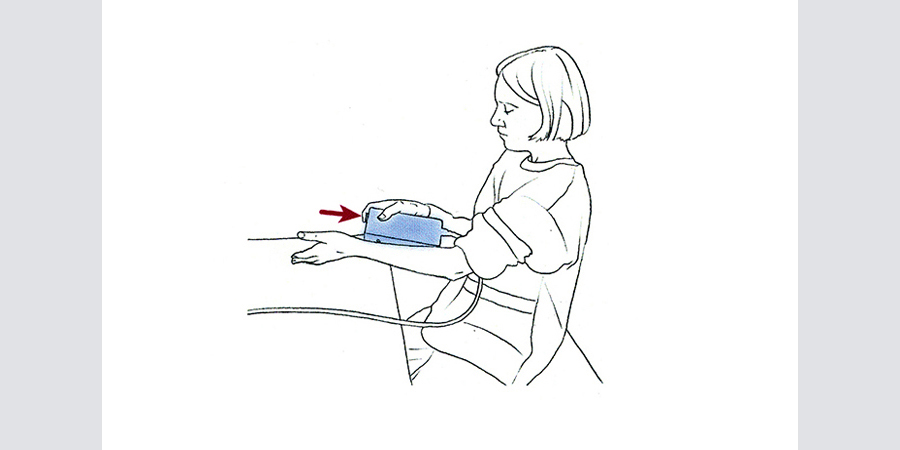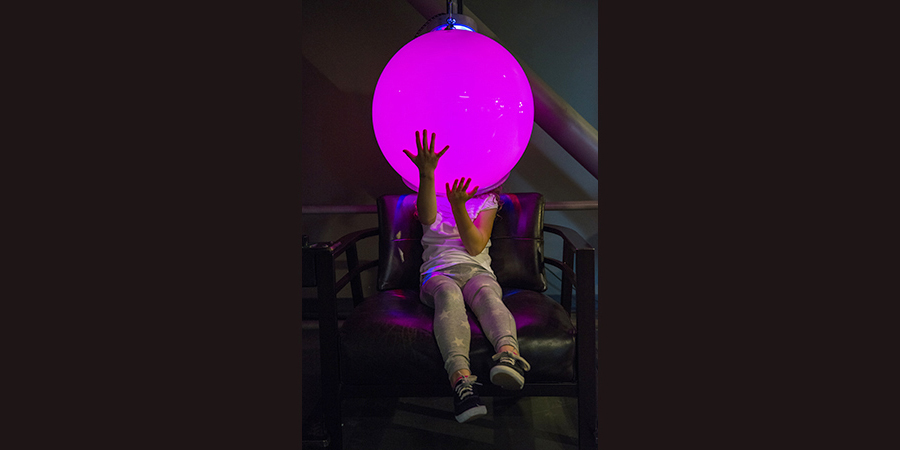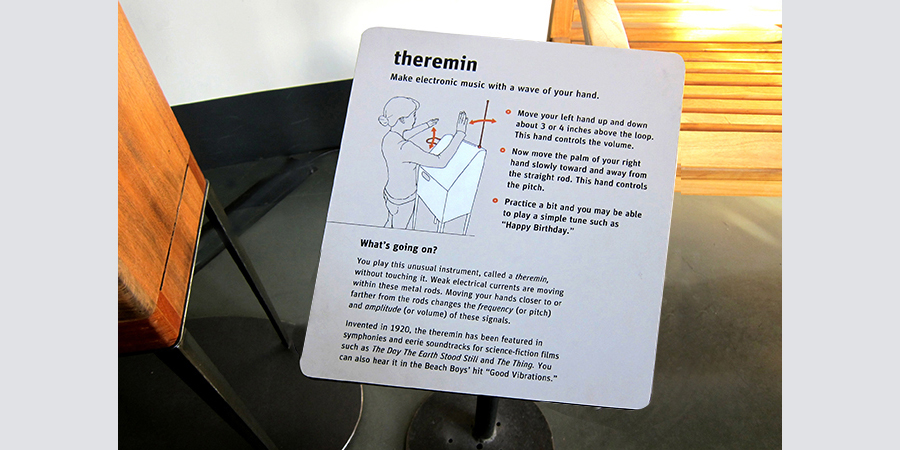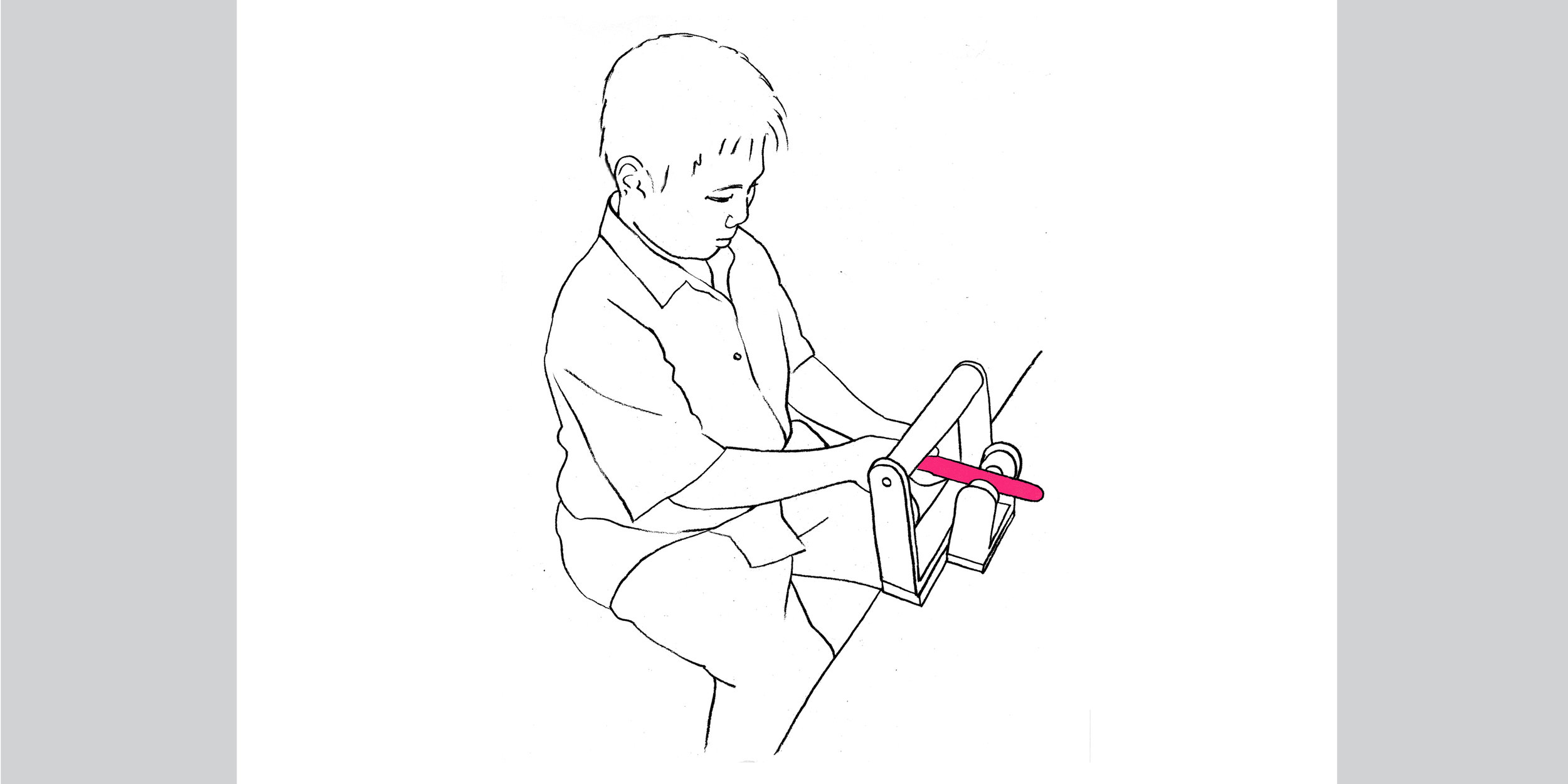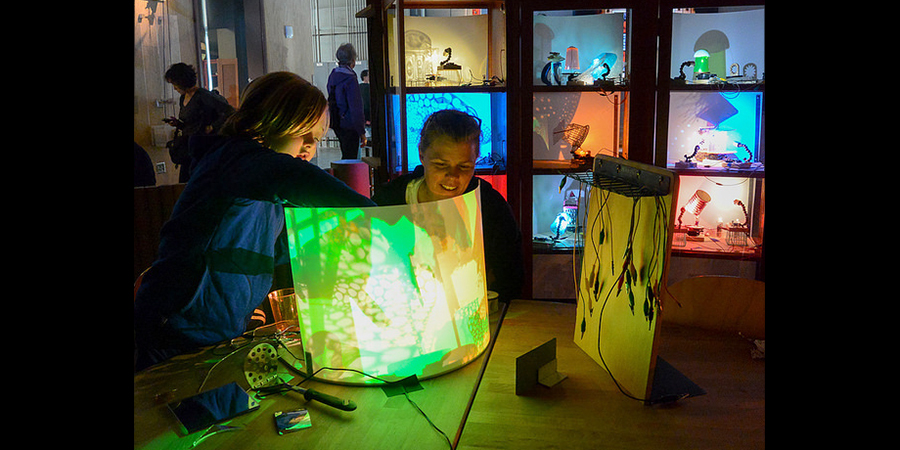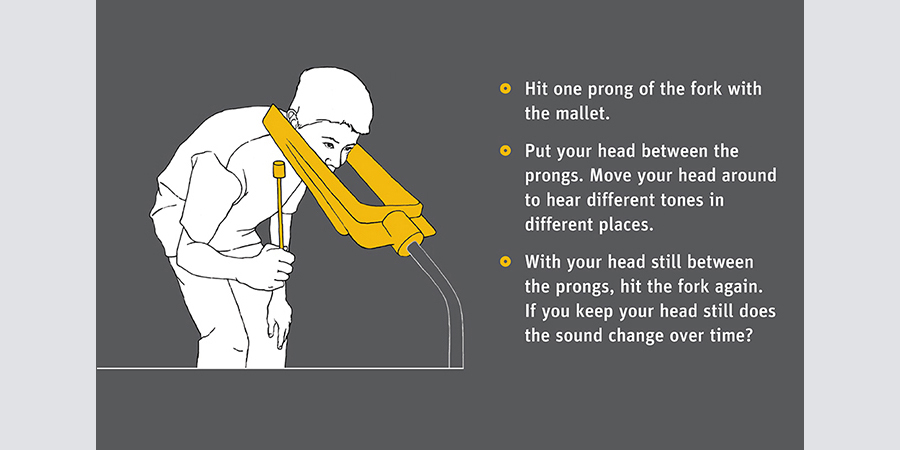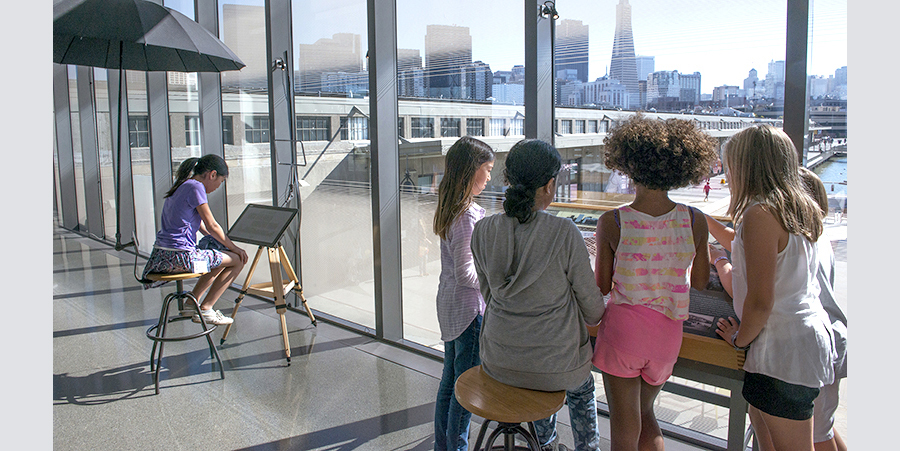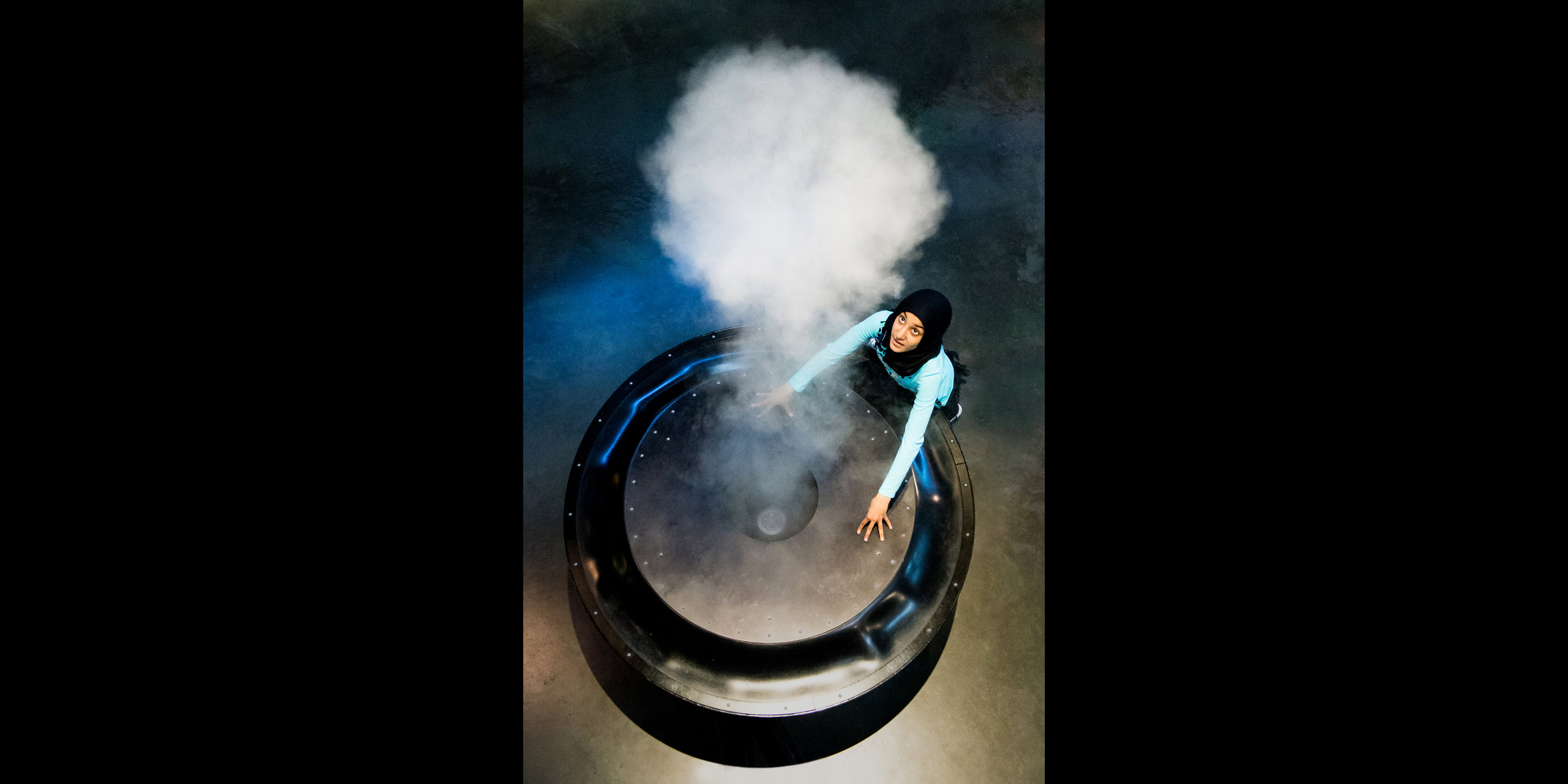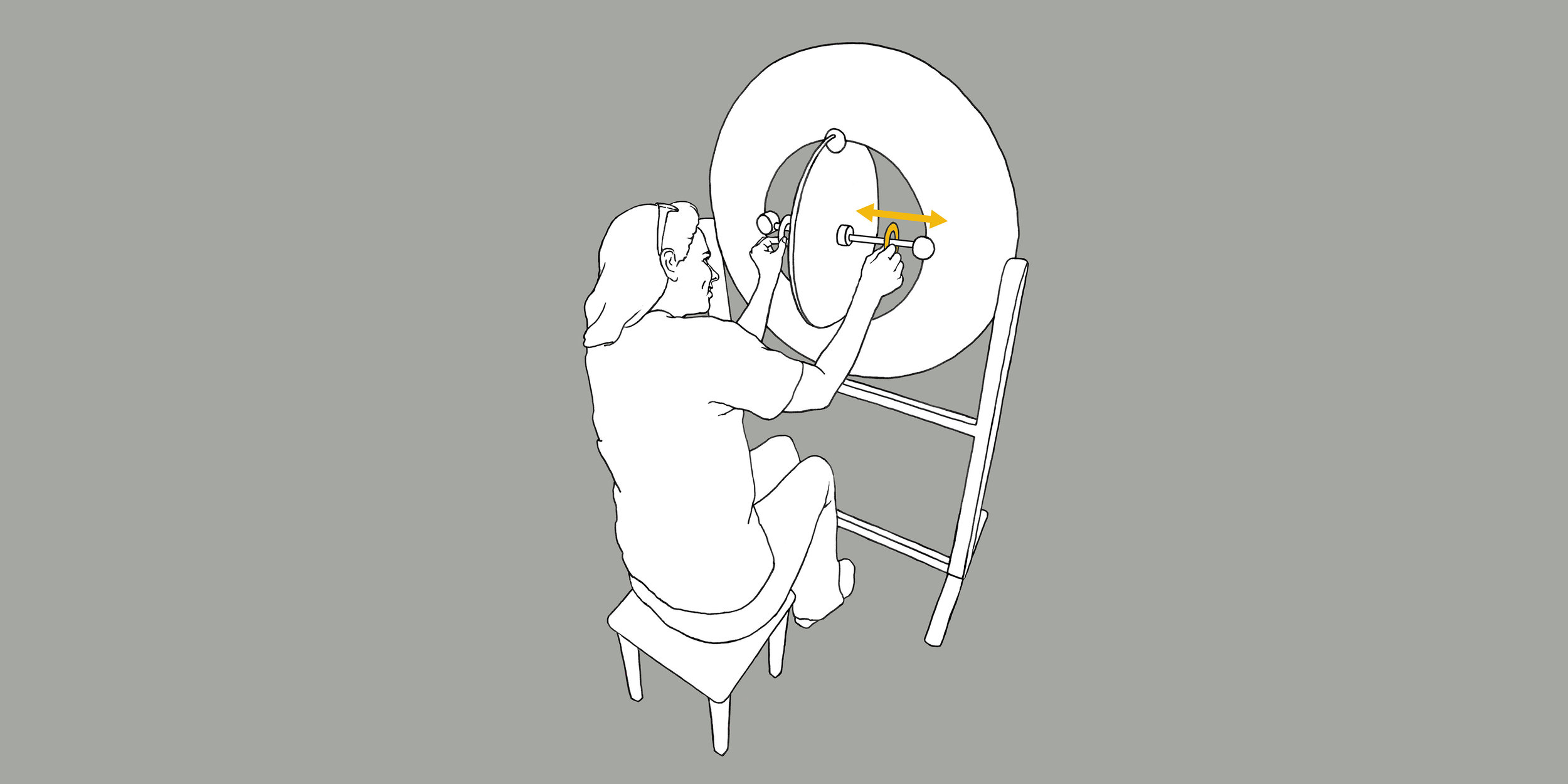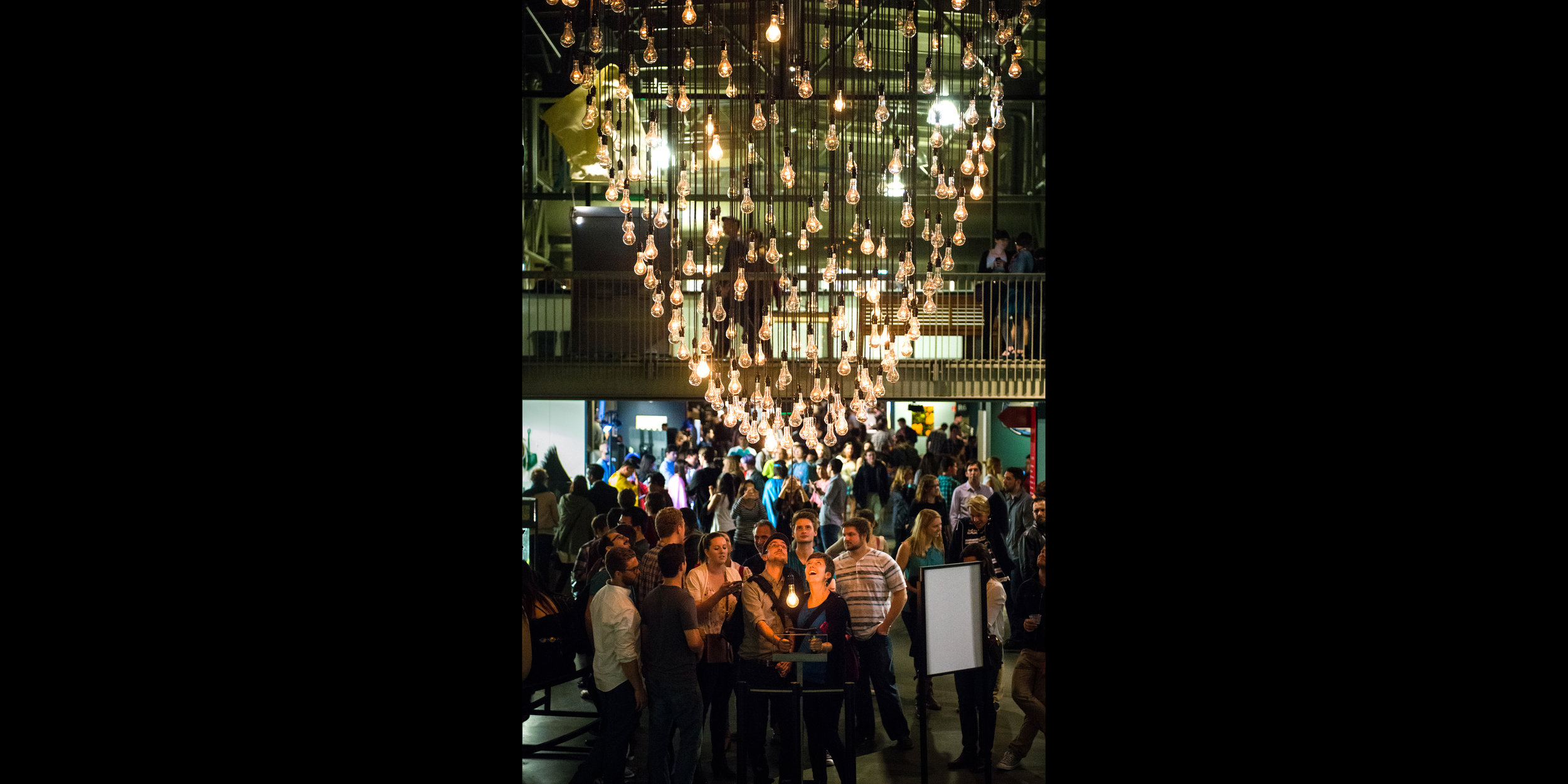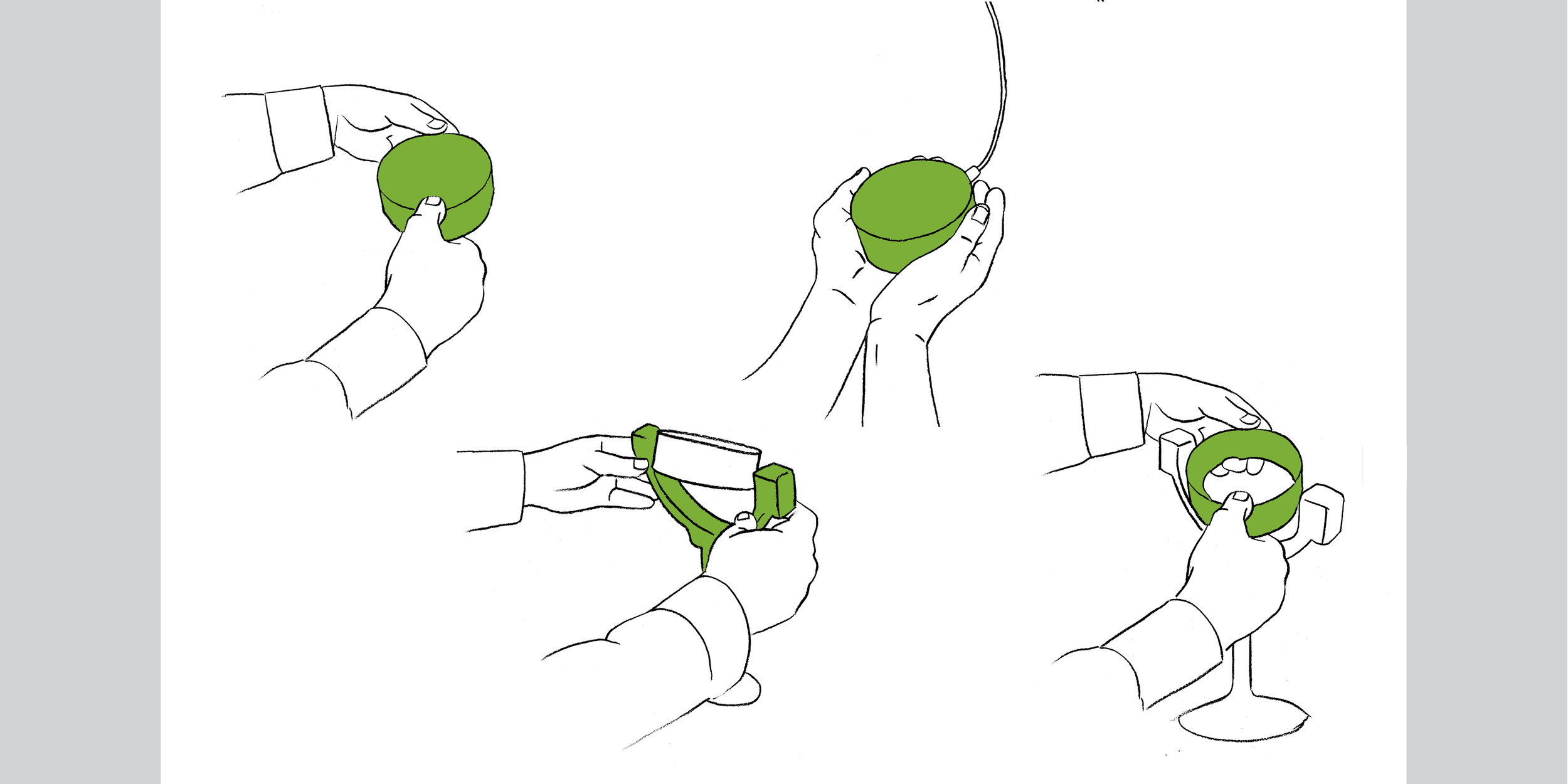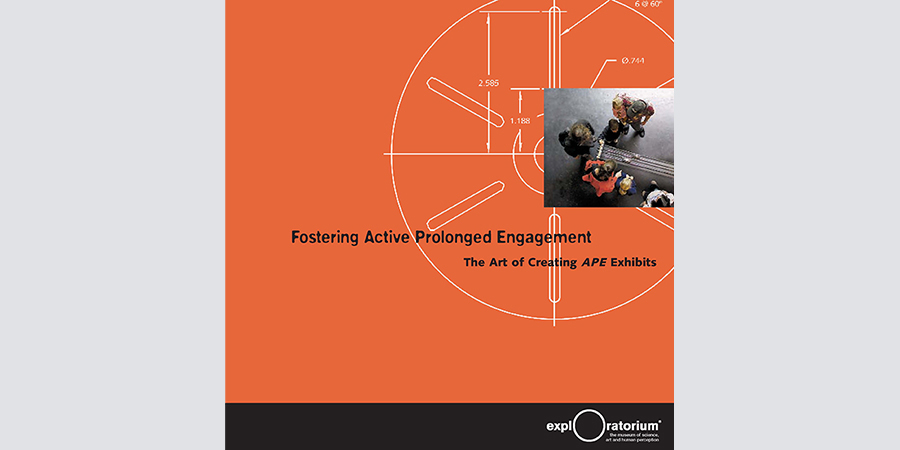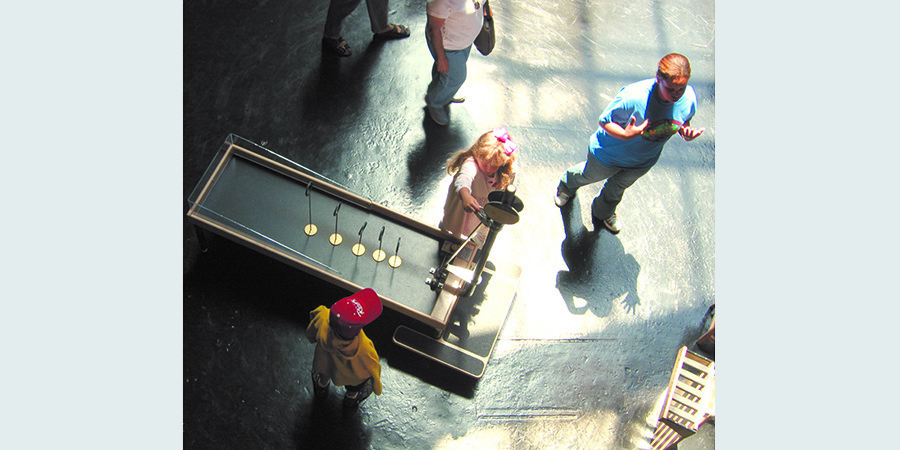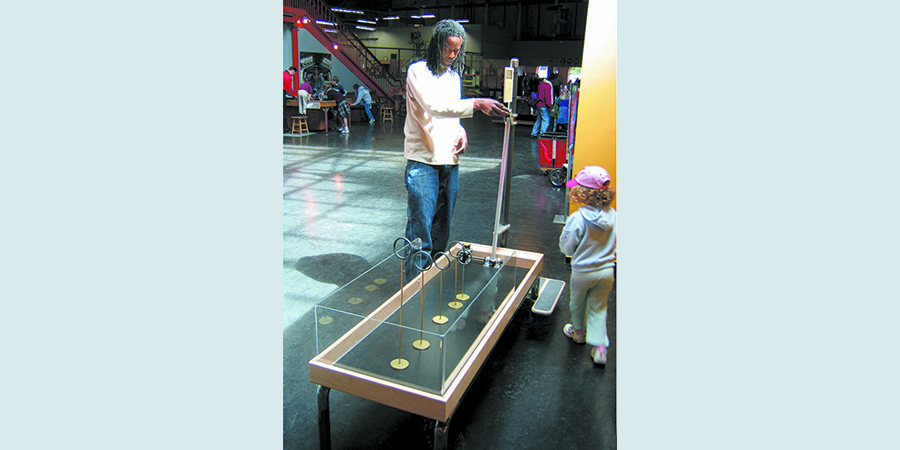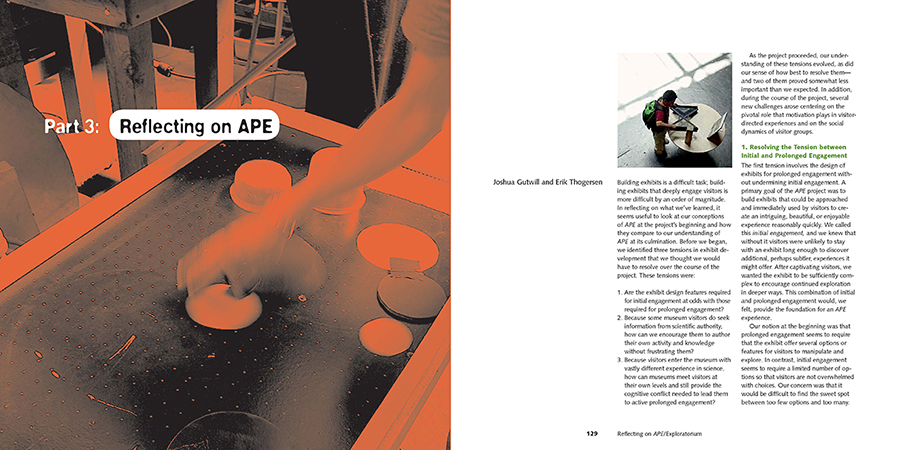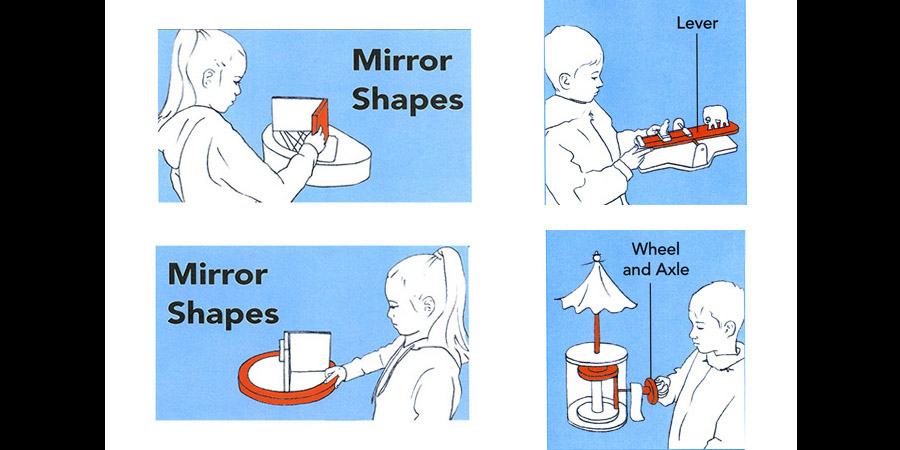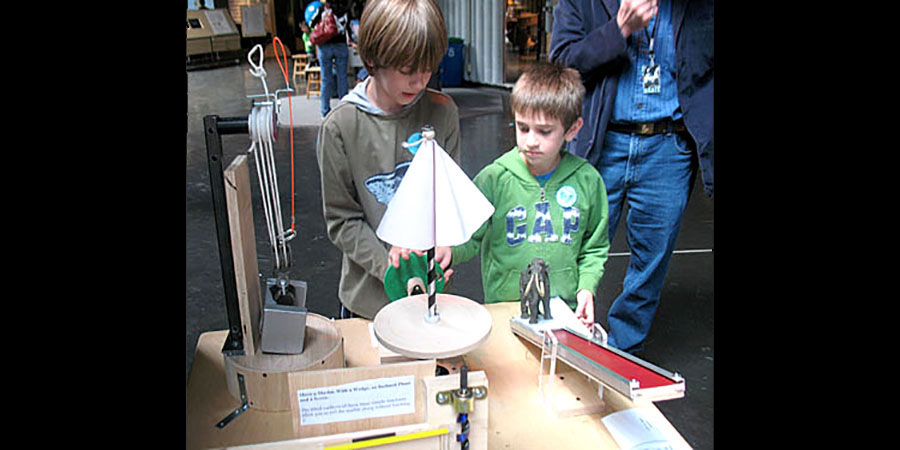Interactive Use Drawing Strategy
My work on interactive "use drawings" began when I spent a working sabbatical at Technorama Museum, Switzerland, in 2001. I was invited to design an exhibit label system for multi-lingual visitors (5 languages!). My visual strategy allows visitors to get started quickly and interact easily with less reading. It cuts down on the number of instructional words needed and helps shifts the tone of voice from technical to invitational. Addressing the multi-lingual issue naturally helps early and non-readers as well. It was a pleasure to photograph actual visitors on the floor and to represent their diversity in my drawings. In six months, I designed and illustrated 150 exhibit labels.
In preparation for the Exploratorium’s move to Pier 15 in 2013, I helped define new museum standards for functionality, consistency, and flexibility of exhibit labels across the changing museum floor. I developed a strategy in collaboration with exhibit developers, artists, visitors, writers, evaluators and curators. This included my system of “use drawings” and the creation of the EXPLO font in collaboration with typographer Erik Spiekermann. Aspects of my exhibit label work are highlighted in Beverly Serrell's Exhibit Labels, An Interpretive Approach, 2015, and the EDGE Study, 2016, focused on design for girls.
Visitor Research
It was interesting to be involved in both formal and informal visitor research at the Exploratorium. For example, as a thinking partner in the A.P.E. project (Active Prolonged Engagement) I helped investigate ways to increase the time spent by visitors in open-ended exploration at our interactive exhibits. After we defined specific types of interactive and engagement behavior, I modified exhibit labels, analyzed video of solitary and social visitor behavior, and designed the original research publication.
Interactive Prototyping
Iterative and rapid prototyping is essential to interactive exhibit development. For example, when the Queens Library of NYC partnered with the Exploratorium to create exhibits for their new children's wing, constraints included limited space, need for quiet, and no loose exhibit parts! Even the content was constrained by educational curriculum. Because we couldn’t prototype our exhibits on site in NYC, we built a rolling rapid-prototyping station to use with our own visitors before testing at a local San Francisco library.
Projects include:
Technorama, Switzerland
Going A.P.E.
Queens Library
Science of Sharing
Being Human
On-going Artists-in-Residence installations
Tinkering Studio Maker's exhibits
On-going exhibit refurb projects
Listen
Matter World
